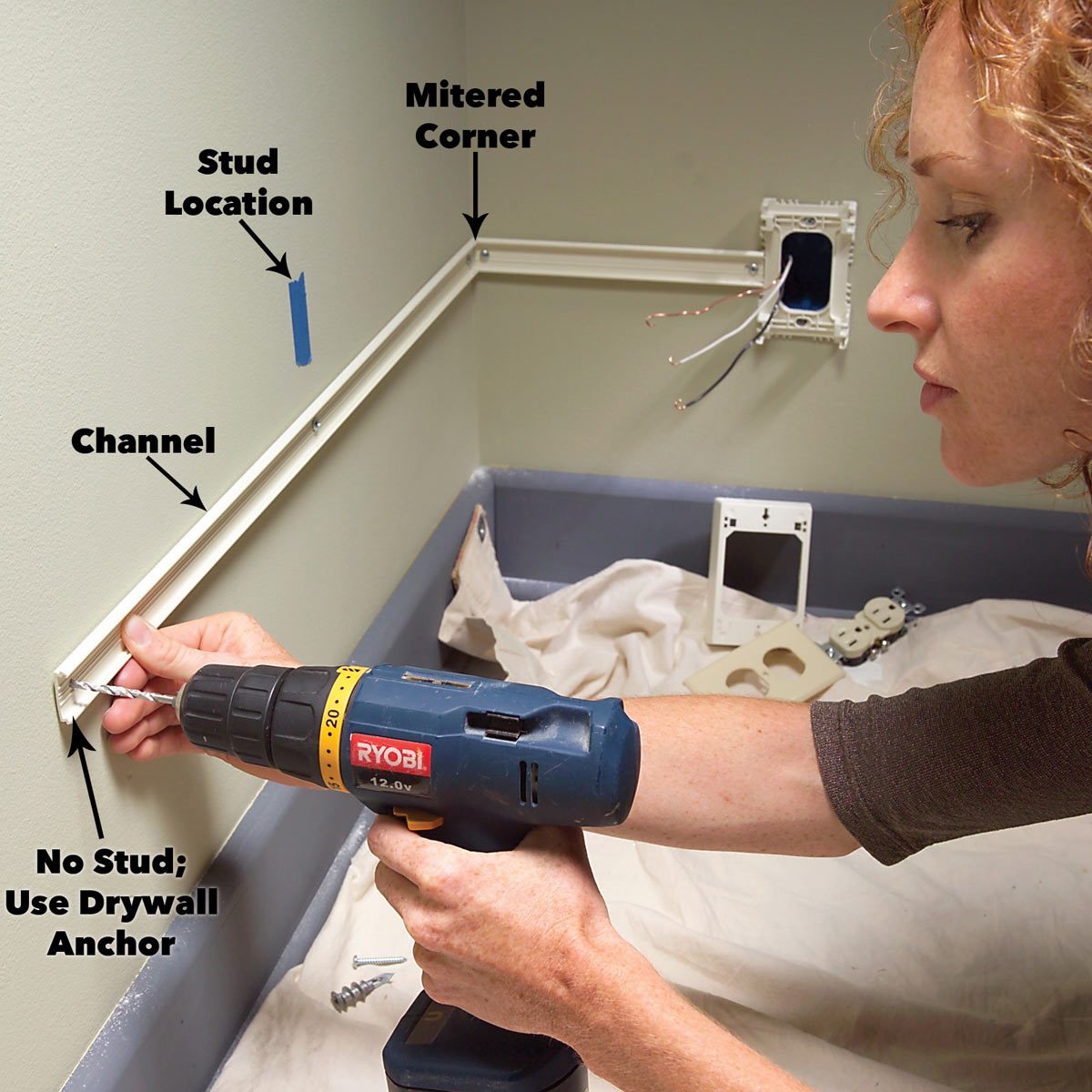Adding an additional electrical outlet is a common home improvement task that can provide convenience and functionality to any room. Whether you need to power up a new appliance, create a charging station, or simply expand your electrical capacity, this guide will walk you through the process step by step, ensuring a safe and successful installation.
Whether you’re a DIY enthusiast looking to add an additional electrical outlet or an aspiring electrical engineer curious about the ins and outs of the field, a day as an electrical engineer provides an immersive glimpse into the challenges and rewards of this fascinating profession.
From designing and installing electrical systems to troubleshooting complex problems, electrical engineers play a vital role in shaping our modern world. So, if you’re considering adding an additional electrical outlet or pursuing a career in electrical engineering, this article is a must-read.
Safety Considerations
Electrical safety is paramount when adding an outlet. Potential hazards include electrical shocks, fires, and electrocution. Always follow electrical codes and wear protective gear. Ensure proper grounding by connecting the outlet to a grounded wire or rod. Use insulated tools and avoid contact with live wires.
If you’re looking to add an additional electrical outlet to your home, you might be wondering how to charge it with static electricity. Well, there are actually three ways to do it! Check out this article: 3 ways to charge an object with static electricity . After you’ve read up on that, you’ll be able to add an additional electrical outlet to your home with ease.
Tools and Materials
- Electrical outlet
- Electrical box
- Wire nuts
- Electrical tape
- Screwdriver
- Wire strippers
- Voltage tester
- Safety glasses
- Gloves
Electrical Wiring: Adding An Additional Electrical Outlet
Connect the outlet to a power source using the following steps:
- Turn off power at the breaker.
- Strip the insulation from the wires.
- Connect the black wire to the brass screw, the white wire to the silver screw, and the green or bare copper wire to the ground screw.
- Twist the wires together and secure them with a wire nut.
- Wrap electrical tape around the connections.
Outlet Installation
To install the outlet:
- Mount the electrical box in the desired location.
- Push the wires into the electrical box.
- Connect the wires to the outlet.
- Screw the outlet into the electrical box.
- Turn on the power at the breaker.
Troubleshooting
Common problems include:
- No power to the outlet: Check the breaker, wiring, and connections.
- Tripped breaker: Overload or short circuit. Check appliances and wiring.
- Loose connections: Tighten all connections.
- Faulty outlet: Replace the outlet.
Conclusive Thoughts

By following these instructions carefully and taking the necessary safety precautions, you can easily add an additional electrical outlet to your home, providing you with the power you need where you need it most.
Questions Often Asked
Do I need to hire an electrician to add an electrical outlet?
Yo, check it! If you’re thinkin’ ’bout addin’ an extra outlet, you better make sure your circuit can handle it. That’s where fuses come in. They’re like little gatekeepers, protecting your circuit from overload. Fuses are used in electric circuits to blow when the current gets too high, savin’ your circuit from going up in flames.
So, before you start drillin’, check your fuse box and make sure you’re good to go.
In most cases, no. If you are comfortable working with electricity and have the necessary tools, you can safely add an electrical outlet yourself.
What is the most important safety consideration when adding an electrical outlet?
Always turn off the power at the breaker panel before starting any electrical work.
What tools do I need to add an electrical outlet?
You will need a screwdriver, wire cutters, electrical tape, and a voltage tester.
Adding an additional electrical outlet in your home can be a great way to improve the functionality of your space. Just like how a charge q creates an electric potential of 125 , an additional outlet provides a convenient way to power devices and appliances without having to worry about tripping over cords or overloading existing outlets.
It’s a simple upgrade that can make a big difference in the comfort and convenience of your home.
Yo, if you’re tired of tripping over cords, adding an additional electrical outlet is a breeze. It’s like giving your house a power-up! Speaking of power-ups, have you ever thought about adding an electric motor to your bicycle? This guide will show you how to transform your bike into an e-bike, so you can cruise with ease.
And when you get home, plug it in at your new electrical outlet and charge up for your next adventure!
Yo, if you’re thinking about adding an extra electrical outlet to your crib, you might as well go big and get a 2 inch diameter pulley on an electric motor here . That’ll give you the juice to power up your whole setup, from your latest gaming console to your sweet new coffee maker.
And when you’re done with that, you can use the extra outlet to charge your phone or laptop. Talk about a win-win!
If you’re looking to add an additional electrical outlet to your home, you’re in luck! Nowadays, it’s a simple task that can be completed in a few hours. But just 50 years ago, electric fences were still a thing . So, if you’re thinking about adding an outlet, consider yourself lucky that you don’t have to worry about accidentally shocking yourself with a live wire.